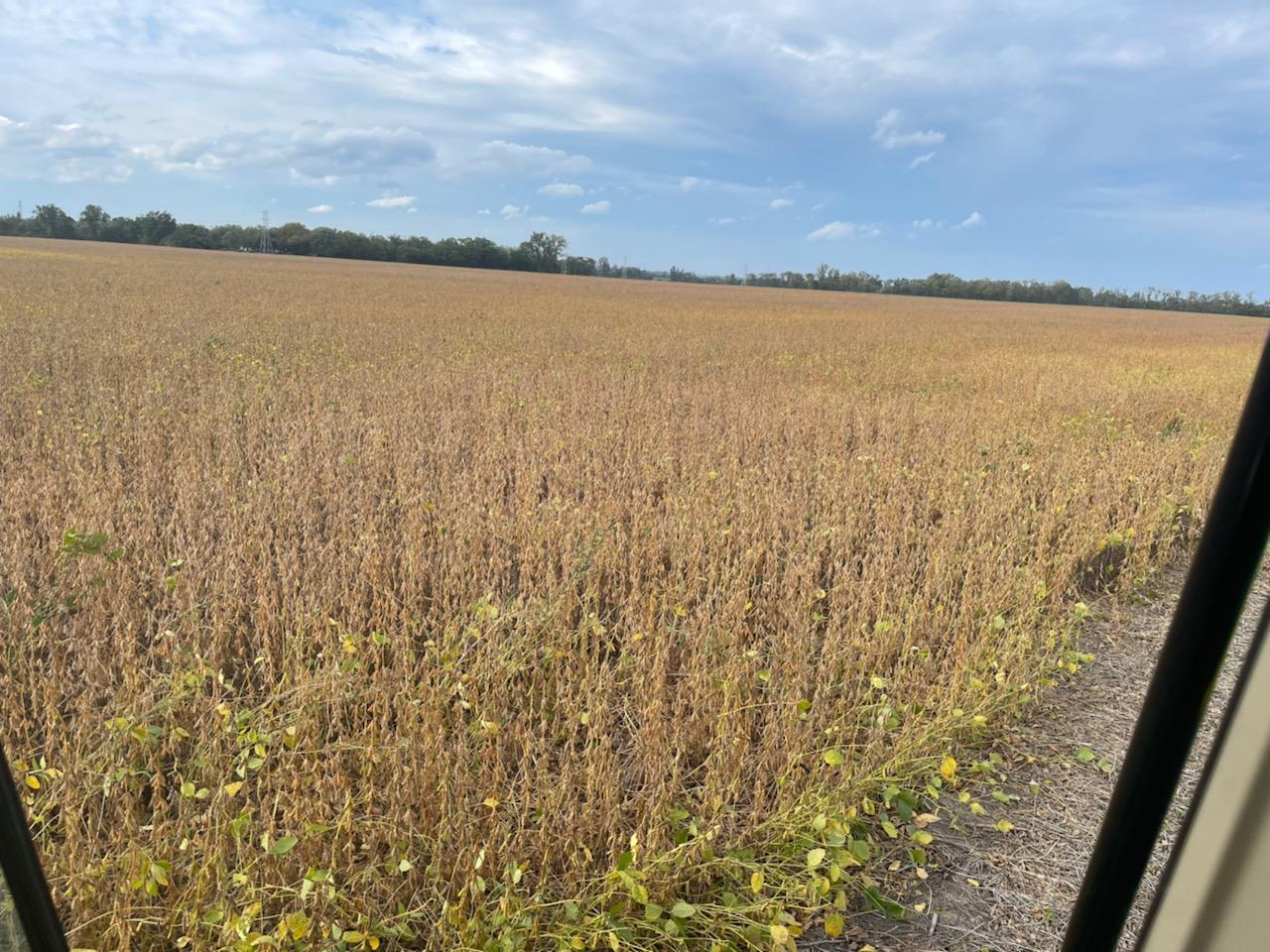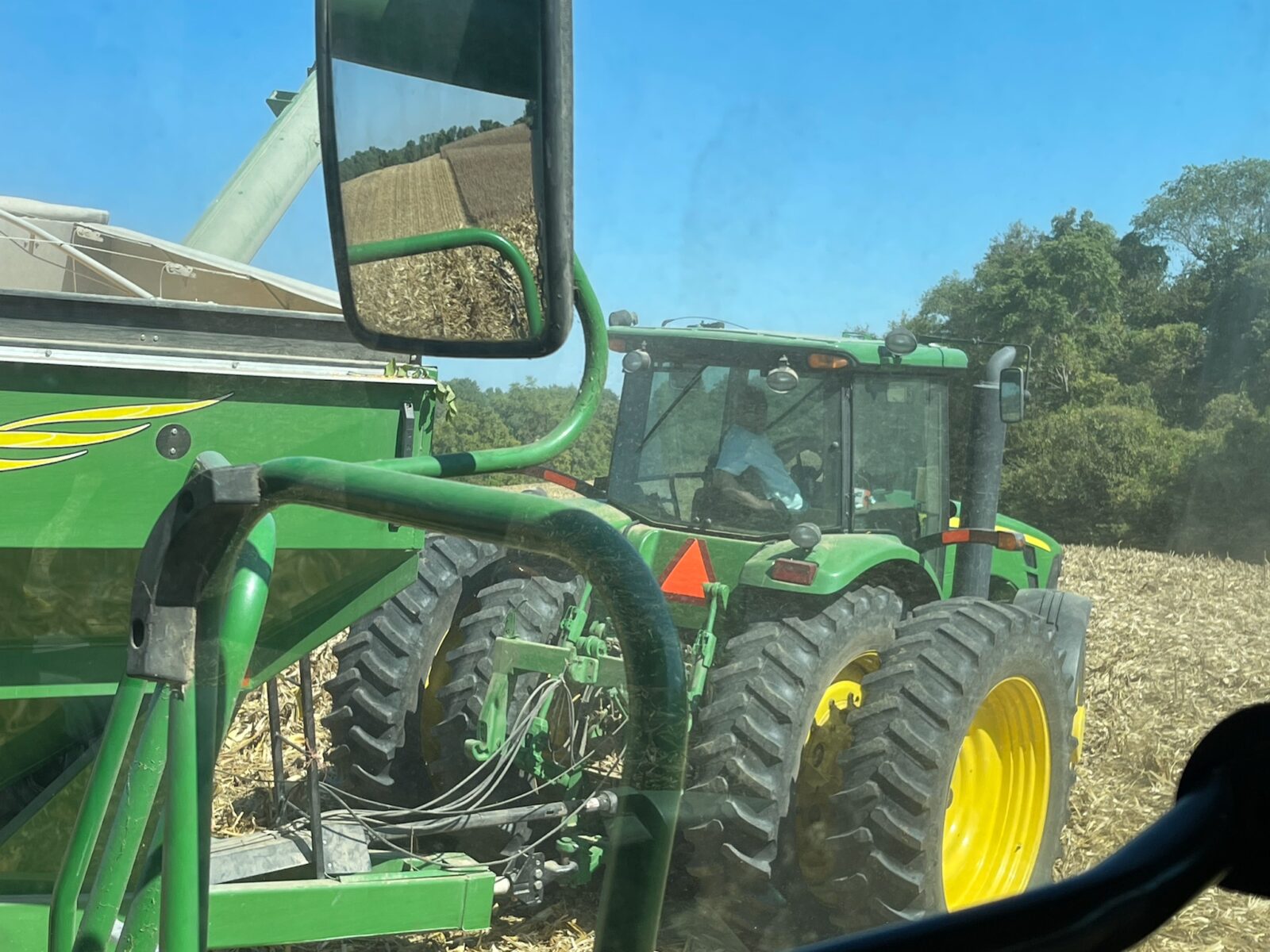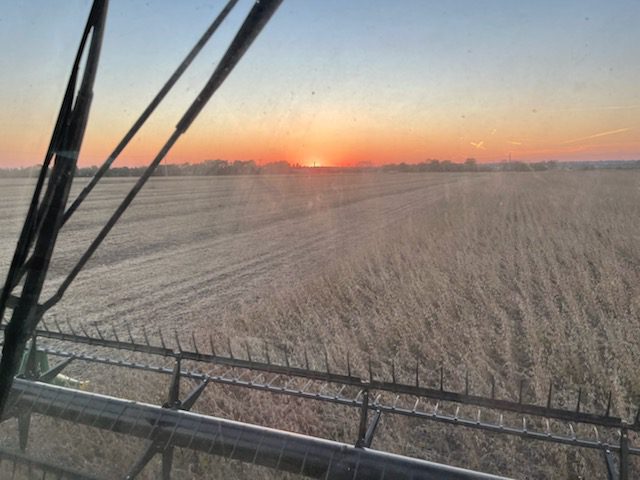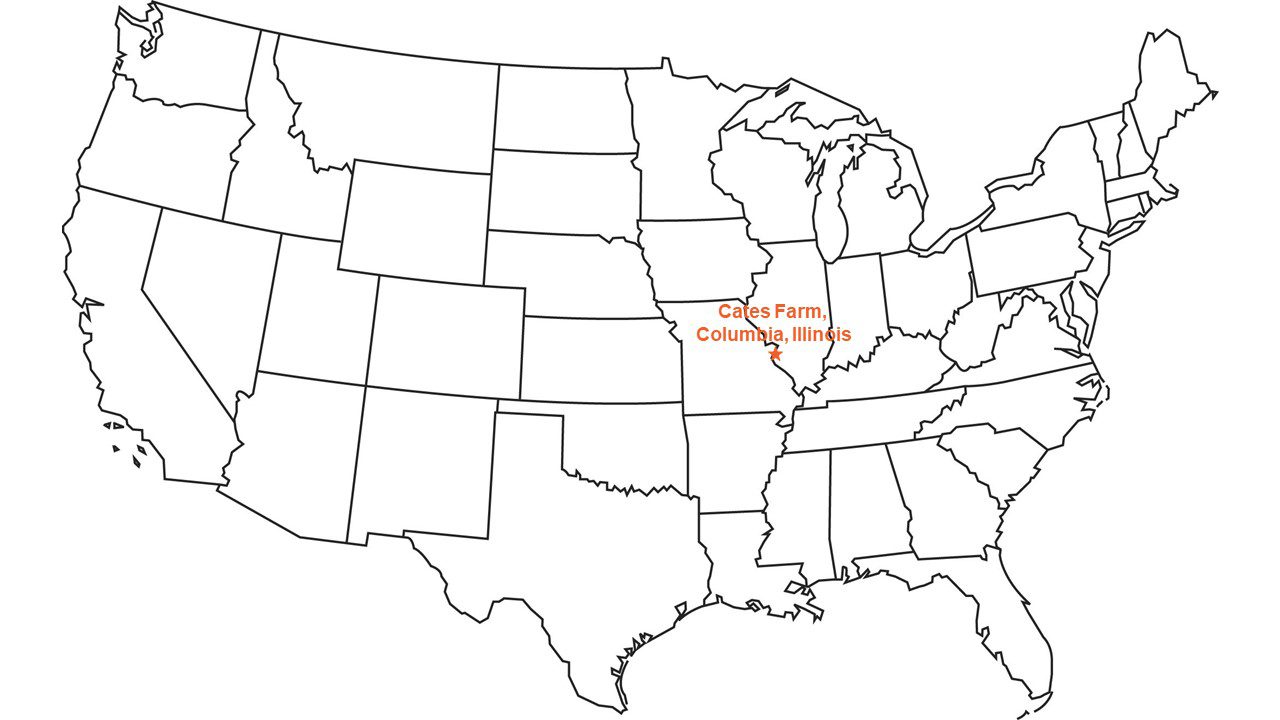 Wet weather has slowed down harvest and other fall fieldwork in my area along the Mississippi River in the heart of the U.S. Midwest. As temperatures cool, fields take longer to dry out, which also slows harvest. However, crop yields have been above average so far, which is encouraging.
Wet weather has slowed down harvest and other fall fieldwork in my area along the Mississippi River in the heart of the U.S. Midwest. As temperatures cool, fields take longer to dry out, which also slows harvest. However, crop yields have been above average so far, which is encouraging.
I finished combining corn on October 1. It was one of the best crops I have ever grown, and my 92-year-old father drove the grain cart for four days to help us finish corn harvest. It’s amazing that he can still do as much as he can on the farm, and my hired man and I were incredibly grateful for his help.
Then, rain kept us out of the field for a week. I started cutting soybeans on October 9, but additional rain slowed us down. Plus, a key part of the combine broke. Supply chain issues have made it hard to get parts needed for repairs this fall, but I was fortunate that local equipment dealers had the parts I needed to fix it.
 By the middle of October, I had just over 60 hectares, or 150 acres, harvested and more than 210 hectares, or 525 acres, of full-season soybeans left. We are putting in long days when we can be in the field.
By the middle of October, I had just over 60 hectares, or 150 acres, harvested and more than 210 hectares, or 525 acres, of full-season soybeans left. We are putting in long days when we can be in the field.
Once those soybeans are harvested, I expect the double-crop soybeans to be ready. As the days get shorter, they have turned color and dropped their leaves quickly.
Soybean yields have been very good, above average for my fields. Just a couple weeks of good, dry weather would allow me to finish harvest and other fall fieldwork.
As field conditions allowed, I started sowing winter wheat in mid-October. I plan to plant between 45 and 55 hectares, or 120 to 140 acres, of winter wheat. Those fields receive fertilizer that we work into the ground with tillage before sowing the wheat. My hired man and I worked on this in the mornings, when the dew was too heavy to allow us to cut soybeans. Then, in the afternoons, we continued to harvest soybeans.
 Despite the rain, Mississippi River levels have remained low. For one week in September, it fell below minimum navigation level. That meant barges couldn’t be filled completely, slowing the movement of soybeans and corn for export and reducing the price farmers like me got paid for delivering crops to river terminals. Since that point, levels have risen to just above that minimum navigation level, though it is still low.
Despite the rain, Mississippi River levels have remained low. For one week in September, it fell below minimum navigation level. That meant barges couldn’t be filled completely, slowing the movement of soybeans and corn for export and reducing the price farmers like me got paid for delivering crops to river terminals. Since that point, levels have risen to just above that minimum navigation level, though it is still low.
After harvest and sowing winter wheat, we will work on additional fall tillage, preparing the heavy soil for next year’s crops.
But next year could be challenging for farmers like me. Although crop prices have been good this year, the most recent WASDE report increased carryover stocks, reducing prices. That, combined with higher input costs and product shortages could make it very hard to make a profit. Fertilizer prices have doubled, tripled and even quadrupled from last year. If prices stay high, many farmers may choose to grow more soybeans than corn next year. While that would ensure a reliable U.S. soybean supply, it could mean prices that would again make it hard for growers to profit.
Despite the uncertainty of next year, I will continue to enjoy the view from my combine cab as harvest 2021 continues.
This field update is funded by the soybean checkoff. To share or republish part or all of this Ground Work 2021 article, please link to the original article and credit www.USSOY.org.

